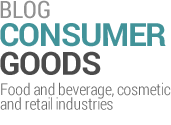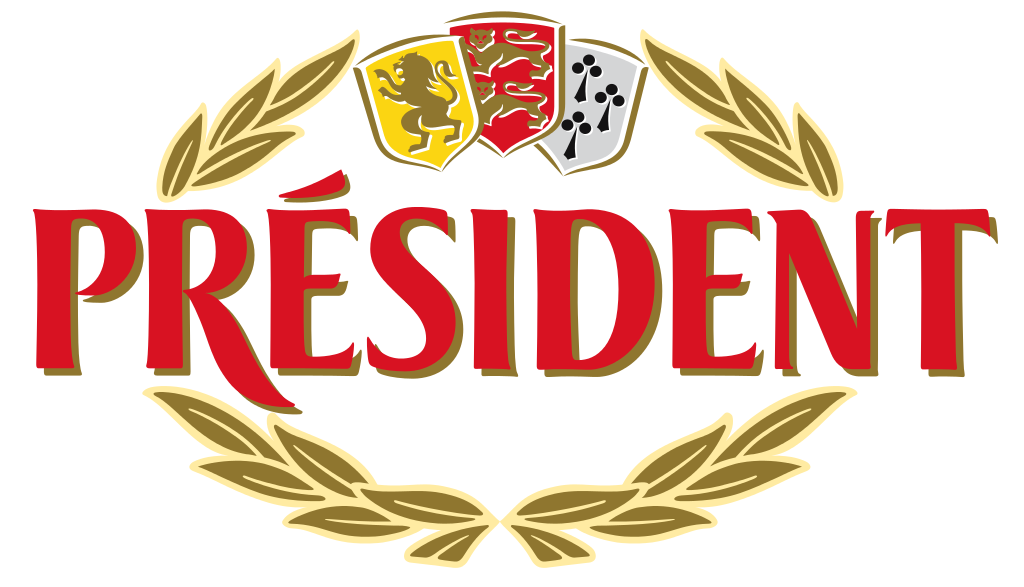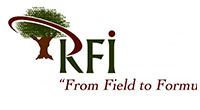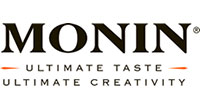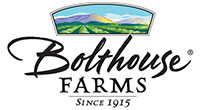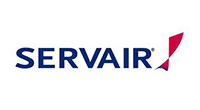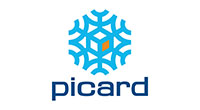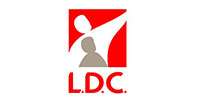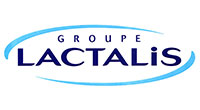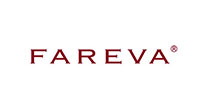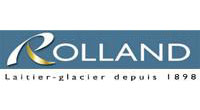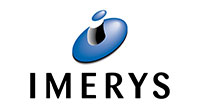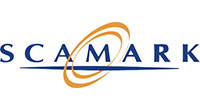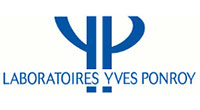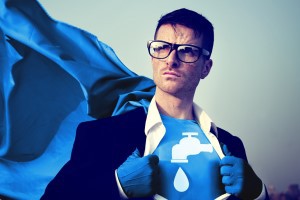
In a previous article, we explained why sustainability is important and presented 5 topics on which companies can still act. Today, we will explore the first one: water. It seems obvious but humankind needs to control its water consumption. Indeed, our resources are limited, and by reducing our consumption, not only we save it for future generations, but we also reduce the need for infrastructures necessary for water treatment and therefore, the treatment itself which would limit the use of chemicals. Also, there are lots of disparities around the world: in Europe, every person uses approximately 200 liters of water a day. In the USA, the average water consumption is 600 liters per person and per day, while in Sub-Saharian Africa it is around 10 liters.
Water in the consumer society
In addition to obvious sources of consumption like drinking, cooking, cleaning, and watering, water is used in the manufacturing of everyday products. For instance, it takes 150 liters to produce the content of one coffee cup and more than 7,000 litters for a pair of jeans.
According to the World Bank, pure water resources will be one of the limiting factors in economic development for the next decades. So, water management has become a strategic element for companies. It is so important that a new measure has appeared in 2002: the water footprint. For a product, this indicator corresponds to the volume of water used in every stage of its production chain. For people, it is the amount of water consumed in daily life, including the water used to grow the food eaten, to produce the energy used and for all of the products in daily life –books, music, house, car, furniture and clothes.
“Everything we use or consume has a water footprint, sometimes close to where we live but often in river basins far away, even in other countries.” – waterfootprint.org
How water is used in consumer-packaged goods industries?
In Food & Beverage and Cosmetics & Personal Care industries, water is a key element of formulation and production.
First, let us look at water used in products’ formula. In the Food and Beverage industry, besides primary production (e.g farming), water is incorporated as an ingredient during the preparation of food under different forms (liquid, ice, or steam). In Cosmetics industry, water is the main ingredient. First, because it usually is present in greater quantity than the others, second because of its importance in skin physiology. So it used as a solvent to dissolve ingredients and for emulsion to form creams and lotions. According to Univar Solutions laboratory experts, a cream formula contains from 60-85% of water, a lotion up to 90%, and shower gels or shampoos up to 95%.
Now, let us approach water in production processes. Less obvious that in the formulation, water is widely used in production processes as it is necessary to warm manufacturing machines, melt ingredients, cool recipes, and monitor heat-treated processes. Also, a large quantity is used in sanitation operations.
So water is massively used in every stage of the manufacturing process in Food and Beverage and Cosmetics industries. If companies understand the emergency of reducing their consumption (for example, L’Oréal Group declared that this year they would reduce up to 60% of water consumption by product unit), the place of water in the entire product lifecycle makes it complex to apprehend.
How PLM can fit in water consumption control
A product lifecycle management (PLM) solution can help define a sustainable strategy first by easing the sharing of product-related data and information within the entire organization among the different product lifecycle phases. Indeed, with a clear view of product-related data, PLM allows to control the consumption of resources like water.
A PLM offers a formulation tool which can compute water contribution from each raw material and processes manufacturing practices instructions. With this tool, a company can adjust product formulation to ensure an acceptable quantity of water is used in its manufacturing process. Thanks to it, companies can measure water consumption for each formula and compare them according to this criteria to choose the best one.
A PLM being a collaboration tool gathering all data, it enhances information sharing with suppliers, providers, etc. Therefore, it is possible to compare their information and choose the ones according to their sustainability standards or any criteria defined by the company (for instance in packaging, the choice can be based on components material quantities and their recyclability).
Water consumption management is a key to achieve sustainability as it is used in many ways in our everyday life. But it is not the only one. Indeed, one of the most important is energy. We will discuss it and how it can be managed in another article. Stay tuned!
